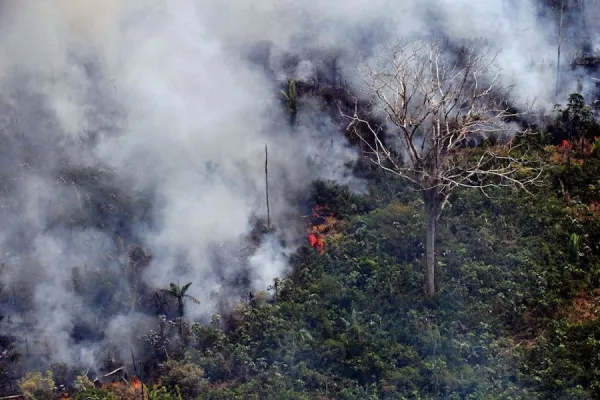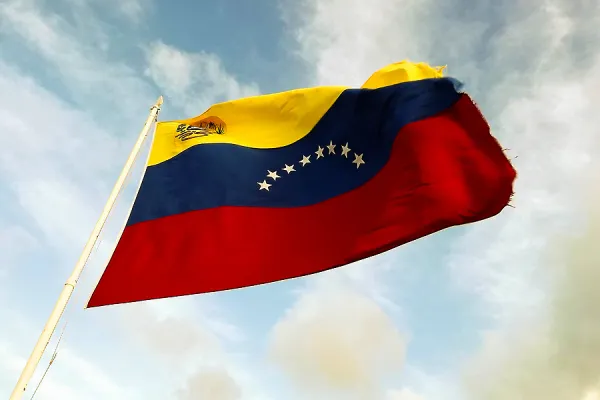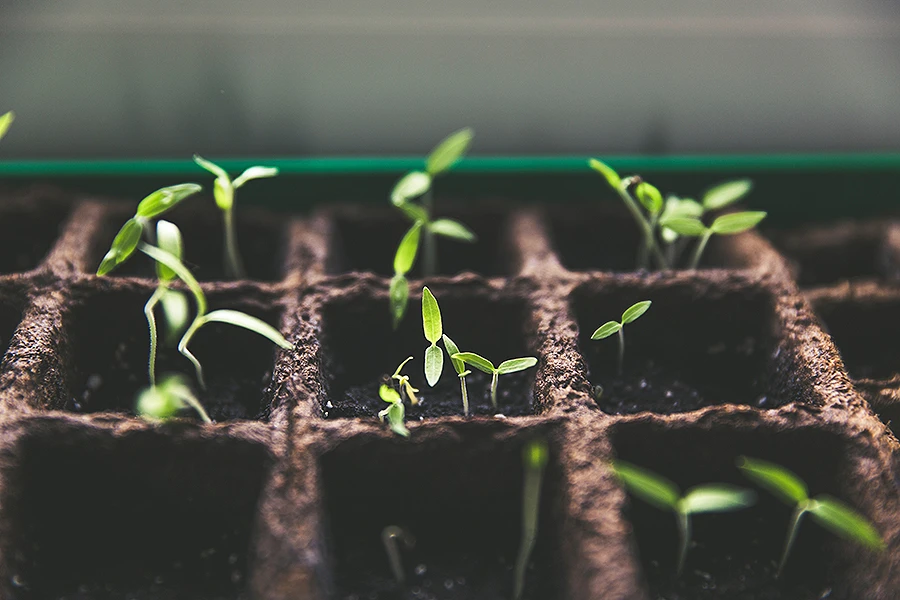
Sao Paulo, Brazil, Aug 23, 2019 / 04:23 pm (CNA).- Catholics groups in the Amazon have expressed concern over the wave of forest fires that have been ravaging the region.
The NGO Manos Unidas decried the “risks and assaults the Amazon is suffering, which bring with them an accelerated deforestation, toward the increasingly closer point of ‘no return,’ at which time the disappearance of this ‘green lung’ of humanity will already be irreversible.”
In a statement posted on their webpage, the group reported that the situation is especially serious in Brazil, where in 2019 alone the number of wildfires has increased 82% for a total of 71,497 fires, 54% of which are in the Amazon region.
The NGO considers this especially serious within the context of climate change since “the variations in the rainfall cycles and temperatures are already seriously altering the ecosystems.”
The fires that have occurred in recent weeks add to other “threats to the Amazon” and that have a special impact “in the most deforested areas, where economic interests meet the most weakened natural environments,” they said.
Manos Unidas warned that the area is also threatened by “the uncontrolled exploitation of natural resources to obtain minerals or fuels and the extension of the agricultural frontier for single crop farming or extensive livestock production.”
The Secretary General of the Mexican Bishops’ Conference, Bishop Alonso Miranda, expressed the Church’s concern and called for support with prayers and material aid.
On Twitter, Bishop Miranda said that the forest fires “are not just a regional emergency, it’s a catastrophe that urgently requires international aid.”
“Please, let us lend our support with prayer, national and international material and technological aid,” he said.
In addition to natural causes, many of the blazes begin when farmers start fires to clear or maintain farmland and pastures.
On the afternoon of August 21, black clouds produced by multiple fires reached Sao Paulo, the largest city in Brazil, darkening the sky around 2:00 p.m. local time.
Fires have also been recorded in the forested areas of Bolivia and Paraguay, and it is feared they may occur in Peru.
According to NASA, “it is not unusual to see fires in Brazil at this time of year due to high temperatures and low humidity. Time will tell if this year is a record breaking or just within normal limits.”
“In the Amazon region, fires are rare for much of the year because wet weather prevents them from starting and spreading. However, in July and August, activity typically increases due to the arrival of the dry season.”
The Archbishop of Santa Cruz de la Sierra, Bolivia, Sergio Gualberti Calandrina, called on the parishes in the archdiocese of hold a day of prayer Sunday, August 25, for the victims of the Amazon fires, asking God for rain and to “raise awareness for the care of our Common Home, everyone’s task.”
Archbishop Gualberti said that “as Christians we cannot remain indifferent,” especially given the Synod on the Amazon called by Pope Francis, which will be held at the Vatican in October.
The Archbishop of Santa Cruz asked that the ecological disaster “awaken a greater awareness that the destiny of present and future generations is closely linked to the destiny of nature, a creation of God and that we decisively assume the care of creation.”
So far in Brazil, the fire has devastated more than 1.2 million acres of forests, crops and grasslands, generating carbon monoxide contamination in nearby areas. The states of Acre and Amazonas have been declared to be in an environmental emergency.
In Bolivia, Vice President Álvaro García Linera said the fires have affected some 1.48 million acres in Chiquitanía, in the Santa Cruz administrative district.
This article was originally published by our sister agency, ACI Prensa. It has been translated and adapted by CNA.
If you value the news and views Catholic World Report provides, please consider donating to support our efforts. Your contribution will help us continue to make CWR available to all readers worldwide for free, without a subscription. Thank you for your generosity!
Click here for more information on donating to CWR. Click here to sign up for our newsletter.






Before the arrival of Columbus and Europeans bringing diseases to the Americas, the Amazon appears to have supported a large population with cities, causeways and much cultivated farm land. It only became a sparsely populated wilderness after it’s indigenous people succumbed to disease.
The current agricultural development of the Amazon may not use the best methods and may not benefit the Indians but farming is nothing new there.